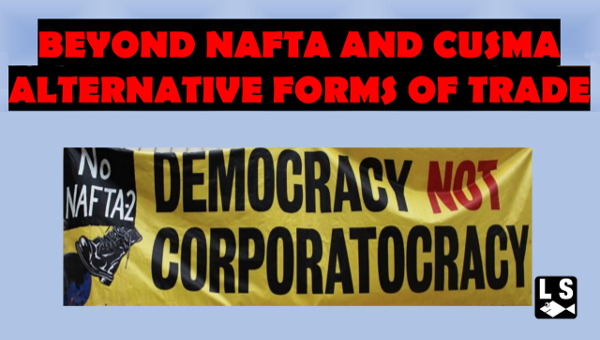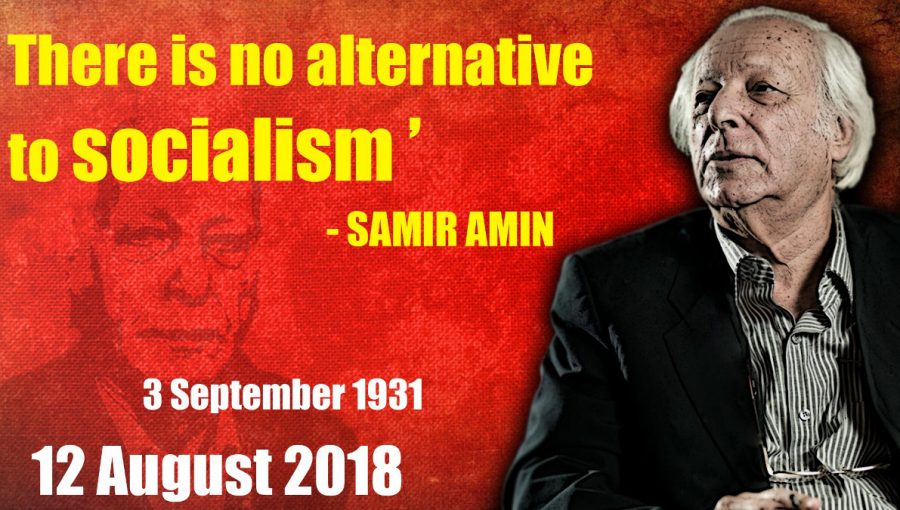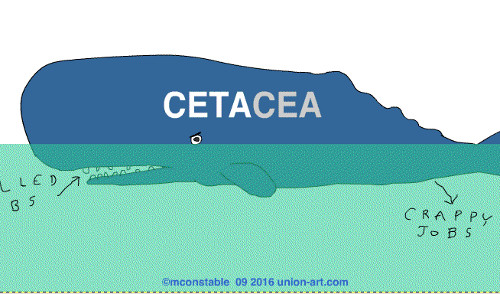The Building Storm Against the TPP
The Trans-Pacific Partnership (TPP) is the one of the most recent of the neoliberal trade agreements being proposed. The final proposal was signed off in February 2016 in Auckland, New … Watch video »
The Trans-Pacific Partnership (TPP) is the one of the most recent of the neoliberal trade agreements being proposed. The final proposal was signed off in February 2016 in Auckland, New Zealand by 12 countries – Australia, Brunei, Canada, Chile, Japan, Malaysia, Mexico, New Zealand, Peru, Singapore, the USA, and Vietnam, after 7 years of negotiation. It awaits ratification in each country. It is a companion agreement to the existing NAFTA agreement, and the CETA and TTIP agreements that Canada and the U.S. are respectively negotiating with the EU.
The agreement contains 30 chapters covering a huge array of issues. The claims of the agreement are, of course, to “promote economic growth; support the creation and retention of jobs; enhance innovation, productivity and competitiveness; raise living standards; reduce poverty in the signatories’ countries; and promote transparency, good governance, and enhanced labour and environmental protections.” The TPP includes reductions in tariff and non-tariff barriers to trade, and like other modern trade agreements special measures to protect corporate property rights called an ‘investor-state dispute settlement mechanism’. It is a further effort to strengthen the internationalization of capital, under the aegis of what is commonly called neoliberal globalization. This is, in fact, quite far removed from the claims on enhancing living standards, creating jobs and so forth.
The point of the TPP is, in fact, not so much about trade – tariffs are already very low and can be overridden by changes in exchange rates to balance competitiveness. The TPP, and similar agreements such as NAFTA, and trade organizations like the EU and the WTO, serve as institutional and political mechanisms consolidating corporate property rights. In a sense, these agreements provide a legalistic framework – even a quasi-constitution – that increases corporate freedoms and limits democratic interventions that might challenge private property rights and freedoms, introduce environmental regulation, limit privatization, or limit corporate rights to close facilities.
If these agreements were simply an attack on ‘state sovereignty’, it would not explain why states have supported them. They are an attack on popular sovereignty in the form of democratic practices that seek to develop and extend popular rule and control. The TPP and other such agreements make it easier for states to do what they wanted to do anyways for corporations. But democratic processes hampered them. Now, states can simply say they ‘had no choice’.
The struggle against the TPP is a struggle to restore democratic choices and popular control. This is necessarily also an anti-capitalist struggle, and for an alternate world order.





